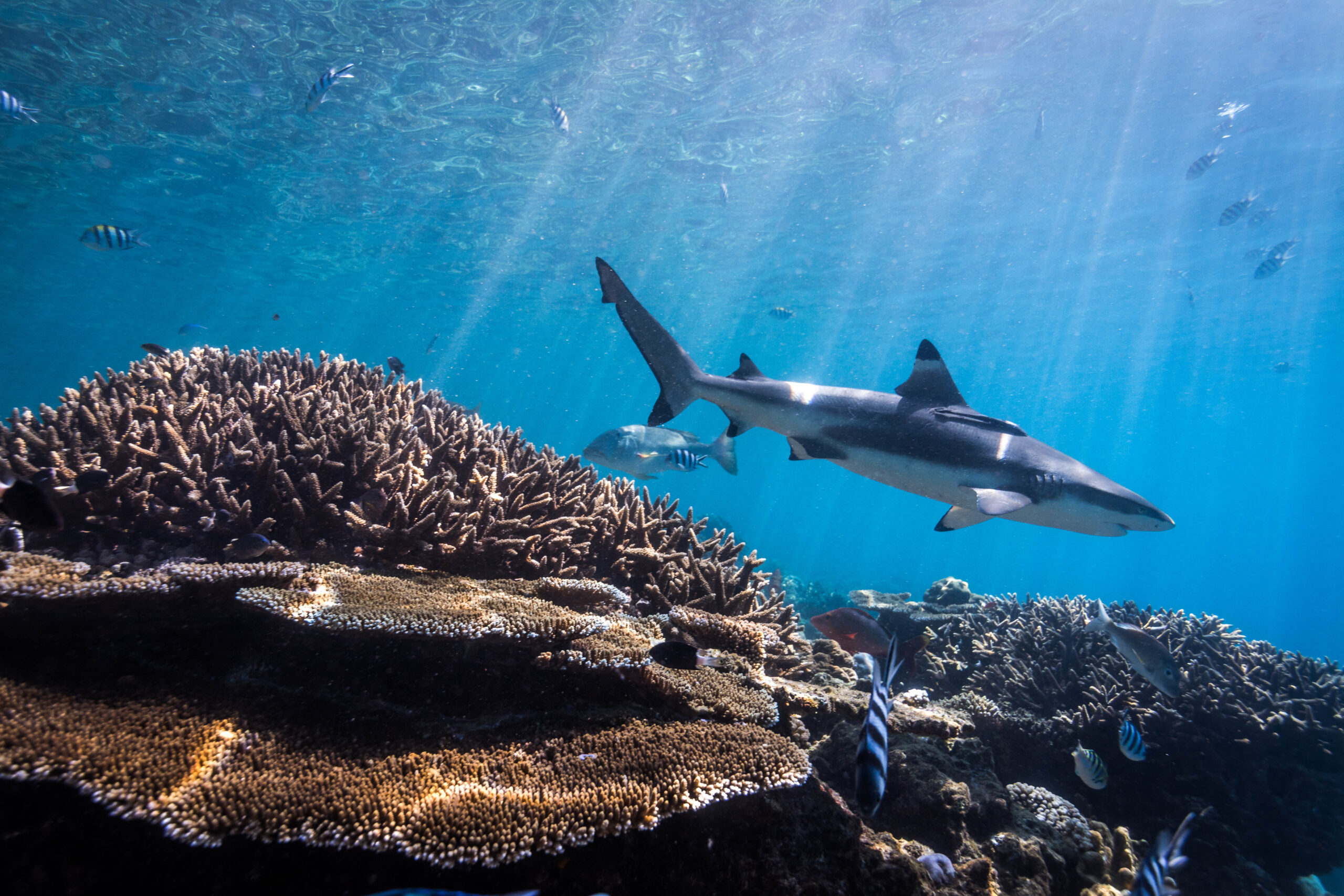Managing exposure of corals to oxybenzone, a common ingredient found in sunscreen lotions, is critical for managing for coral reef resilience. A new study found that coral planulae exposed to oxybenzone became deformed and sessile, and had an increased rate of bleaching which increased with increasing concentrations, affecting coral recruitment and juvenile survival. Because oxybenzone is a photoxicant, high light levels at or near the surface of the water where planulae of broadcasting species spend 2-4 days before settling may place them at higher risk than was seen in this laboratory study. Water samples were also collected in the U.S. Virgin Islands and Hawaii to determine oxybenzone concentrations occurring around swimming beaches. In this study, cell death was seen in seven Indo-Pacific and Caribbean coral species at concentrations similar to the water samples taken. Caribbean species sensitivity to oxybenzone was similar to the model of coral tolerance to other stressors (Gates and Edmunds 1999)—boulder corals and other slow growing species have a higher level of tolerance to stressors. For management, the data from this study can help predict changes to coral reef community structure in places with significant oxybenzone exposure and can be integrated into reef resilience management plans.
Author: Downs, C. A., E. Kramarsky-Winter, R. Segal, J. Fauth, S. Knutson, O. Bronstein, F.R. Ciner, R. Jeger, Y. Lichtenfeld, C.M. Woodley, P. Pennington, K. Cadenas, A. Kushmaro, and Y. Loya
Year: 2015
View Full Article
Archives of Environmental Contamination and Toxicology. doi: 10.1007/s00244-015-0227-7


